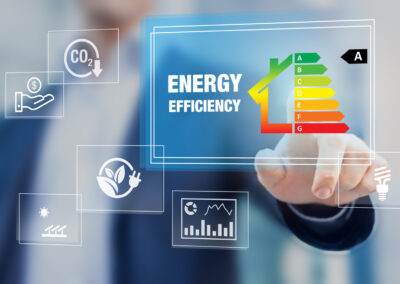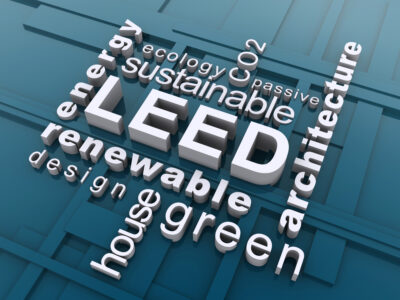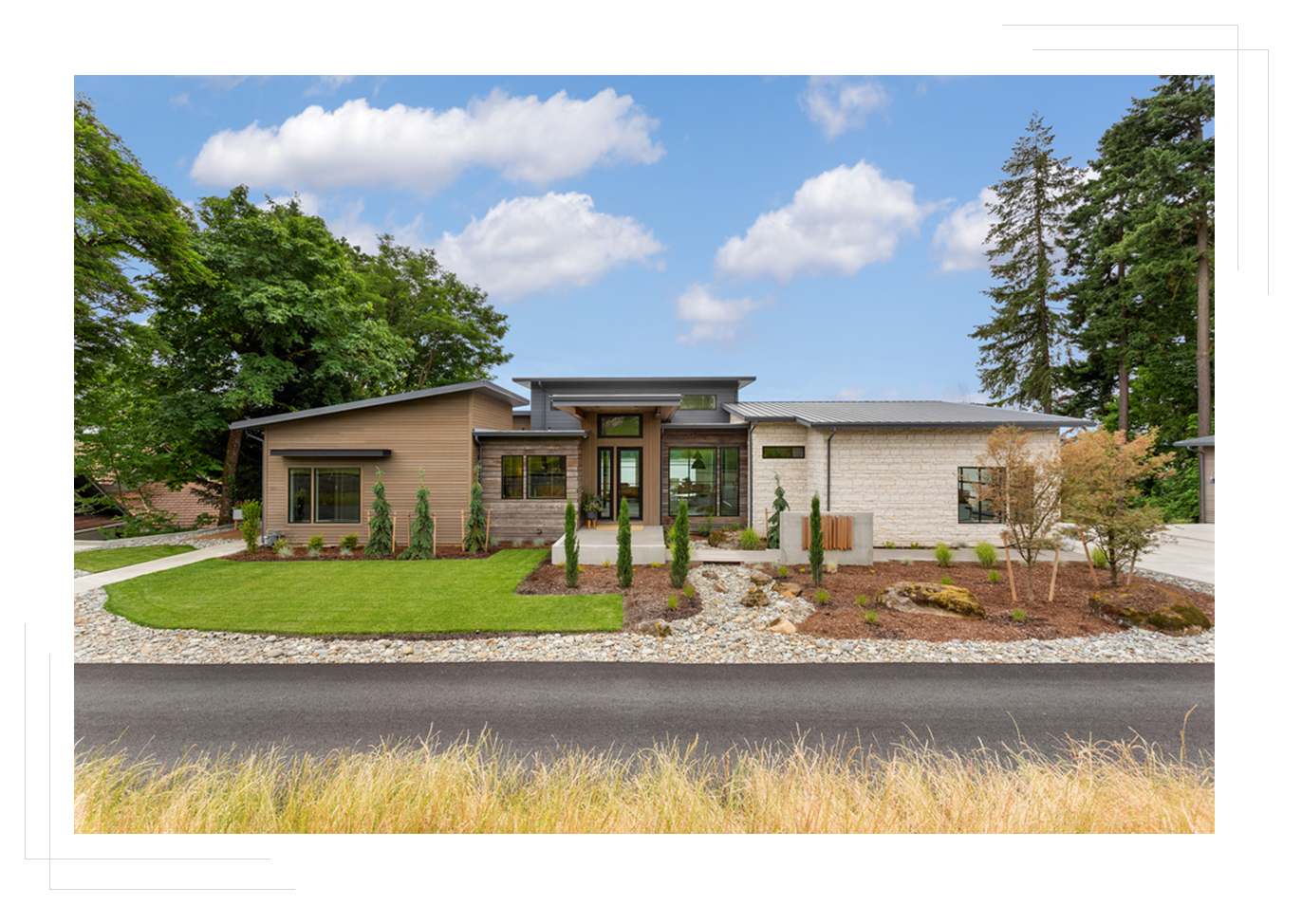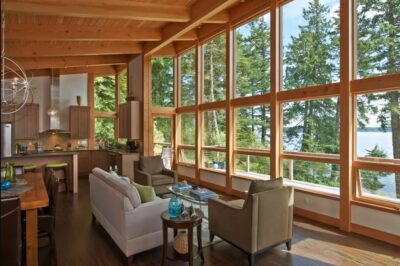What is a Certified High-Performance Home
Green built, certified high-performance homes are healthy homes. The high-performance home is built with sustainability as a pillar, a key component of any certified high-performance home.
A certified high-performance home is both healthy for the homeowner and the environment, is it designed and constructed to significantly use less energy for heating and cooling, a reduced energy demand for hot water, provide superior indoor air quality, water efficiency, reduced utility costs, comfort for the homeowners, durability for years, and reduce the home’s carbon footprint.
Many certified home’s will also use low or no volatile organic compounds (VOC) paints, glues, carpet, and materials which ensures a healthier indoor environment.
In many cases, the certified high-performance home will have photovoltaic solar panels that can generate clean energy for up to 100% of the high-performance home’s energy. This means the home can achieve zero, or near-zero, carbon footprint related to the energy the home uses. For homeowners interested in achieving net zero, Passive House Certification or passive solar principles, building a superior- energy efficient structure is a must.
The numerous benefits the certified high-performance home provides make it a smart investment overall.
Pillars of a Certified Green High-Performance Home
![]() High Efficiency & Renewable Energy
High Efficiency & Renewable Energy
![]() Human Health & Comfort
Human Health & Comfort
![]() Water Efficiency
Water Efficiency
![]() Responsible Materials & Resources
Responsible Materials & Resources
![]() Durability & Resilience
Durability & Resilience
![]() Site Location & Development
Site Location & Development

Energy Efficiency-Reduced Energy Costs
Optimal energy efficiency is the foundation of a high-performance home.
Decreasing a home’s energy usage is important for several reasons. If homeowners can significantly reduce the amount of energy needed to power their homes, not only will it provide a reduction in energy costs to the homeowner, but also makes a positive difference in climate change.

How do High-Performance Home’s achieve such high levels of energy efficiency?
By first focusing on the home’s advanced thermal envelope (roof, walls, floors. foundation).
The National Renewable Energy Laboratory describes a thermal envelope as “everything about the house that serves to shield the living space from the outdoors”.
With the performance of the home’s advanced ‘thermal envelope’ optimized, the energy requirement for both heating and cooling is be reduced by as much as 75 % in a high-performance home.
Since, a home operates as a ‘system’, a home is built or retrofitted, as a ‘whole system,’ in order to increase the energy efficiency, while still retaining the energy supplied, through strategies and components that reduce energy loss, such as removing the loss of heat through the homes thermal envelope.
It also includes, the integration of triple pane high-performance windows and doors, also a key component to a high-performance home. This means using both triple pane high-performance windows and super-insulated, triple-gasket high performance doors.
Health and Comfort
What does Health and Comfort mean relative to a home?

Superior Indoor Air & Living Environment
The high-performance home provides superior indoor air quality and comfort. Often, better than outside, which offers a healthy living environment for the homeowner.
This is achieved because the home is built with fresh air ventilation systems, that are also heat or energy recovery systems (HRV or ERV), which provide a continuous exchange of fresh air, that is filtered through MERV or HEPA high-performance filters, all of which are designed to provide a healthier living environment for the homeowner.
The homes interior stale air is exhausted, but without venting the homes interior thermal energy. Heat recovery ventilation (HRV) technology achieves this.
It provides a home that is virtually draft-free, and the temperature within the home is consistent from room to room.
The humidity in the home is maintained at the right level for both health and comfort.
For a high-performance home to be certified, the home must have excellent indoor air quality. A green building certification standard for IAQ from the US EPA is called (1) airPLUS.
Additionally, the home supports materials and products used that are low or no VOC ensuring a healthier home environment. Green building materials do not contribute to poor indoor air quality and have minimal negative impact to the environment when they are harvested and manufactured.
- Certified under EPA Indoor airPLUS – includes provisions relating to moisture control; pests; radon; heating, ventilating, and air conditioning (HVAC); combustion pollutants; water management; and materials emissions (EPA 2013a).

Water Efficiency
High Performance Homes Conserve Water
Indoor and outdoor water efficiency is achieved using high-efficiency fixtures, such as WaterSense products, and resource efficient landscaping practices. Smart landscape design and strategies, such as permeable surfaces, drought resistant and native landscaping, as well as rainwater capture and greywater approaches all contribute to water efficiency and conservation.
Materials & Resources
What does this mean?
It means looking at the materials and resources that go into constructing the home, how the materials are produced and disposed of. It also means thinking about how the home will need to perform not just now, but twenty, fifty, or hundred years into the future.
For a home to be sustainable, it requires utilizing materials in a way without depleting those resources. Another factor, is embodied energy. This energy is the amount of energy it takes to produce a material, and embodied carbon is a method to calculate the greenhouses gases emitted to produce the material.

Durability and Resilience
Durability is another core component to a High-Performance home.
The high-performance home is designed and constructed to such high standards, the home is more resilient to withstand extreme weather.
Durability is a factor in every decision made on materials, finishes and construction methods for the home.
This includes strategies of utilizing durable materials, site selection, high standards for energy efficiency, on-site renewable energy generation and more.
Utilizing more resilient alternatives to traditional products offer more durability and require less maintenance…may be a slightly higher up-front cost, but better value over the long term. Selecting durable materials that are not prone to decay or that last 80 + years, versus replacing every 20 years. It is not just the material, but how well it is installed that contributes to the home’s durability.
Life-cycle Performance
Life cycle is similar to durability. It considers how well the home performs over its long life. Having good life-cycle performance achieves the homeowner’s goals (no or low utility bills, lower maintenance costs, and excellent air quality). It provides this into the future. Environmental performance is not just about reducing the energy consumption of the home. It incorporates taking a whole life cycle approach, which means you look at all the environmental impacts relating to the construction and use of the home.
Third Party Verification
A high-performance home certification requires and undergoes a rigorous independent third-party verification process, that includes onsite inspection and performance testing throughout construction, which is properly verified, and assigned a HERS rating.
While a home can be designed and built to meet the standards of a high-performance home, only having third-party verification and certification, ensures the home meets all specific requirements.
Certifications for a High-Performance Home

A high-performance home has generally been certified, or at least built to meet certification standards.
Program certifications require an independent third-party verifier who inspects and verifies the home meets all specific requirements. Certification assures the home has been inspected, verified and final approval has been achieved.
Certification is an important component for both real estate valuation and for future time of resale.
Some of the leading green home certifications programs for High-Performing homes include Passive House (PHIUS), Energy Star Certified, Built Green Washington, LEED Homes, and National Green Building Standard (NGBS).



